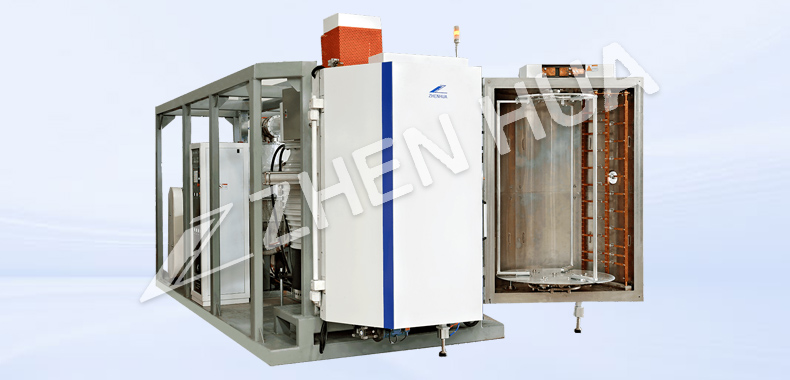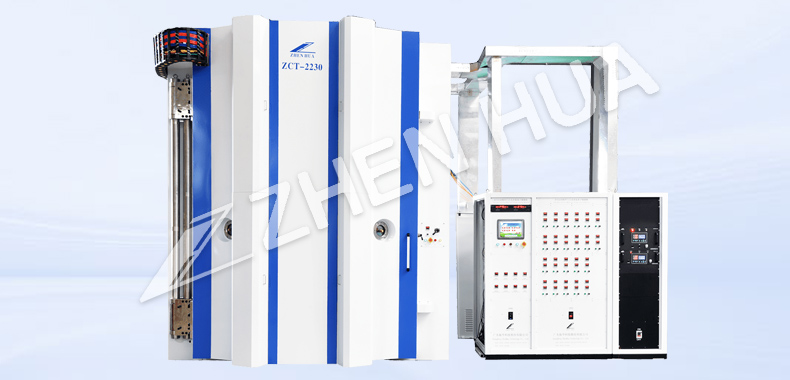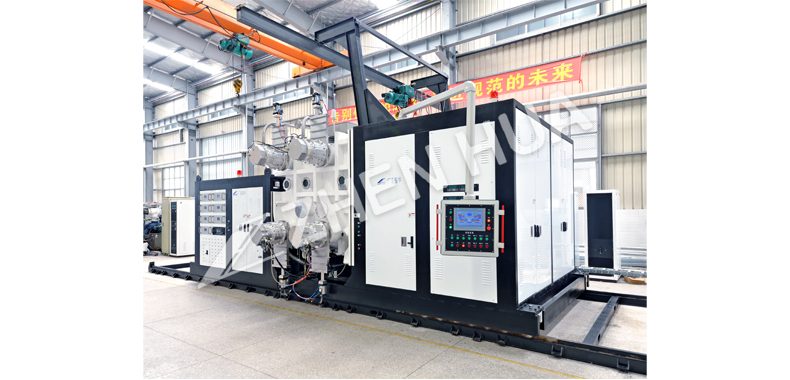Welcome to Guangdong Zhenhua Technology Co.,Ltd.
Industry News
-
pvd coating machine cost
PVD (Physical Vapor Deposition) coaters provide high quality, durable coating solutions to enhance the performance and appearance of a wide variety of materials. From automotive parts and medical devices to household items and electronics, PVD coatings provide an excellent protective layer that i...Read more -
vacuum technology & coating buyer’s guide
As the world increasingly relies on advanced technology, the demand for vacuum technology and coating solutions continues to increase. Industries such as electronics, aerospace, automotive, and medical are constantly seeking cutting-edge innovations to enhance their products and processes. Howeve...Read more -
sapphire hardness
When we go deep into the world of gemstones, we come across a rare and magnificent gemstone with extraordinary hardness – sapphire. This exquisite gemstone has long been sought after for its captivating beauty and durability. Today, we explore the profound quality that sets sapphire apart f...Read more -
advantages of pvd
Extreme Durability, Enhanced Aesthetics, and Greater Cost-Efficiency introduce: In today’s world, where technology is advancing at an unprecedented rate, industries of all kinds are constantly looking for innovative ways to improve their products and processes. Physical Vapor Deposition (PV...Read more -
types of vacuum valves
In industrial and scientific applications, vacuum valves play a vital role in controlling the flow of gases and liquids. These valves ensure the precision and reliability of vacuum systems, making them indispensable components in various industries. Types of Vacuum Valves: An Overview 1. Gate val...Read more -
horizontal coating line
Introduction Welcome to our blog post where we take a deep dive into the world of horizontal painting lines and explore its huge potential in various industries. In this article, we discuss the benefits and capabilities of a horizontal painting line and focus on how to implement this advan...Read more -
working principle of magnetron
In technology, certain inventions have played key roles in changing the world as we know it. One such invention was the magnetron, an important component in microwave ovens. How a magnetron works is worth exploring as it reveals the mechanisms behind this revolutionary device. When it comes to ma...Read more -

Vacuum coating introduction
Vacuum evaporation coating (referred to as evaporationcoating) is in a vacuum environment, the evaporator heated film material to make it gasification, the film material evaporation of the particle stream directly to the substrate and the substrate deposition, the formation of solid film technolo...Read more -

Overview of Vacuum Cathode Arc Ion Coating
Vacuum cathode arc ion coating is abbreviated as vacuum arc coating. If two or more vacuum arc evaporation sources (referred to as arc sources) are used, it is called multi arc ion coating or multi arc coating. It is a vacuum ion coating technology that uses vacuum arc discharge for evaporation s...Read more -
uv vacuum pvd coating machine
In today’s blog post, we will explore the fascinating world of UV Vacuum PVD Coaters. These innovative machines have revolutionized various industries by providing efficient and effective coating solutions. Whether you are an industrialist, researcher, or just someone interested in technolo...Read more -
principle of coating machine
Welcome to our official blog post where we explore the fundamentals behind coaters. Coating machines have become an essential tool in various industries to apply protective layers to enhance the durability and appearance of products. In this article, we’ll take a deep dive into how c...Read more -
types of sputtering
In the field of thin film deposition, sputtering technology has become a widely used method to achieve precise and uniform thin films in various industries. The versatility and reliability of these technologies expand their applications, allowing engineers and researchers to tailor thin films for...Read more -
thermal evaporation advantages and disadvantages
In the ever-growing technological advancement, thermal evaporation has become an important method in various industries. The process is commonly used in fields such as electronics and materials science to deposit thin films onto different substrates. In this blog post, we will delve into the adva...Read more -
technology gradient color
The Rise of Gradient Technology: In recent years, we have witnessed an increasing shift towards visually appealing designs and user interfaces. Technical gradients, commonly known as color gradients, have become a powerful tool for enhancing the visual appeal of various digital platforms, ...Read more -

Electrical conductivity characteristics of metal thin films
The electronic properties of thin films are significantly different from those of bulk materials, and some physical effects displayed on thin films are difficult to find on bulk materials. For bulk metals, the resistance decreases due to a decrease in temperature. At high temperatures, the resi...Read more




